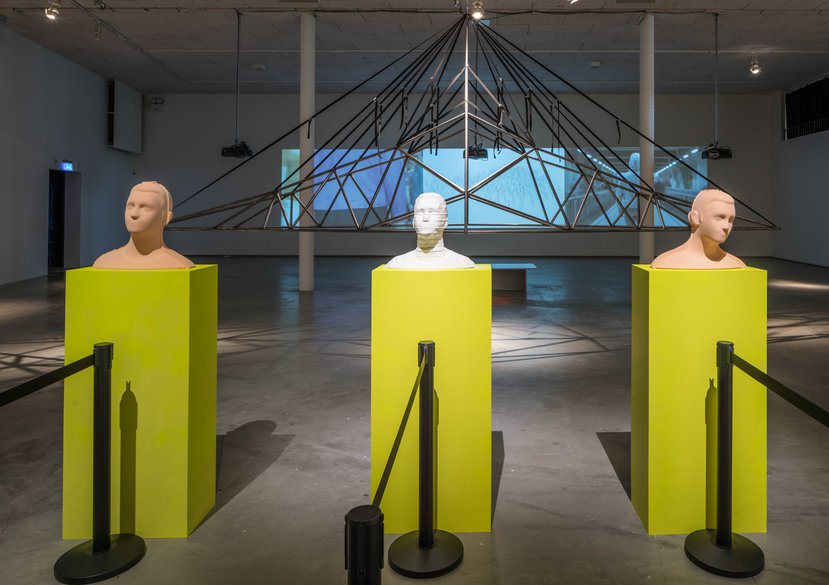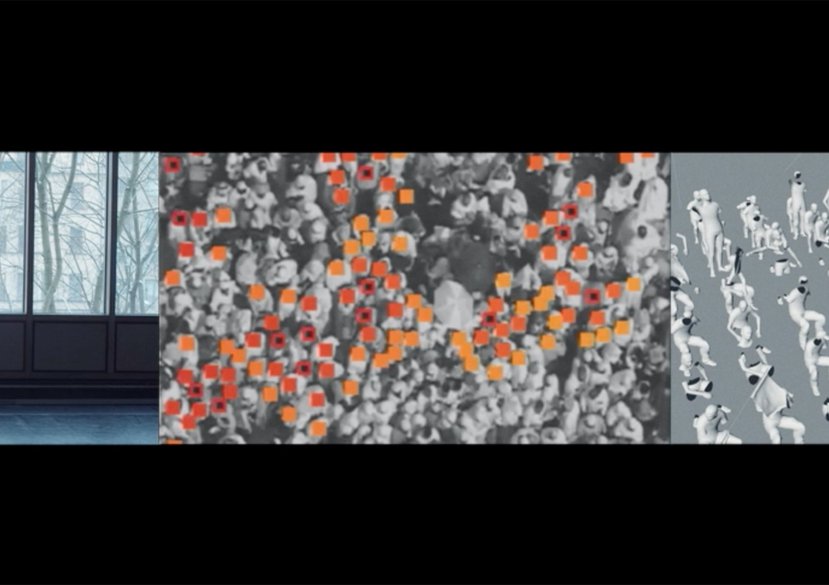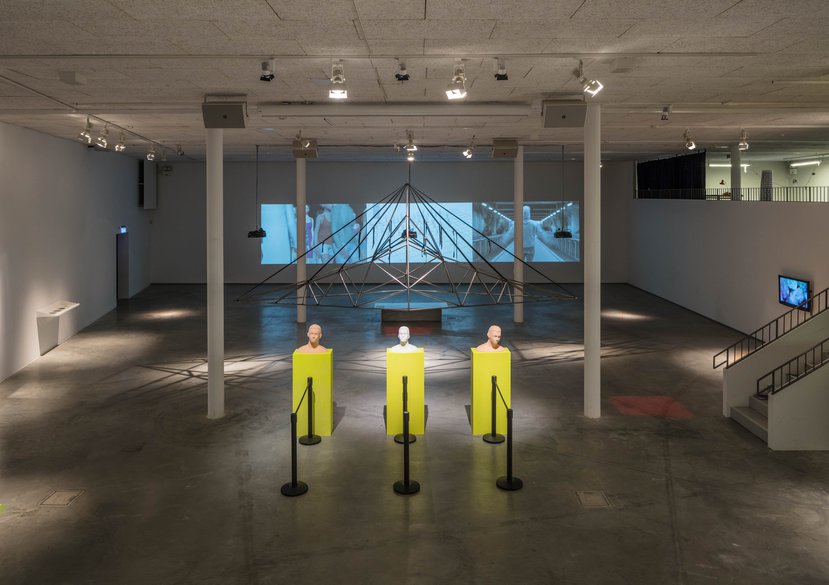
Inside the New Mass Ornament
My practice-led research analyses and explores, through artistic mediums, the aesthetics and politics of digitised and simulated crowds generated by new computational technologies.
The research investigates the different natures of today’s crowds such as the physical crowd, which is tracked and monitored, the fictional crowds in film with their linked simulations and the virtual crowd online which behaviour is archived into big data.
To do this, I aesthetically analyse today’s digitised crowds through their representations, media and technologies such as crowd simulations software, intelligent character modelling (which includes AI and machine learning) as well human multi-target tracking optics and big data. Consolidating/correlating the outcome of these studies and analysis together with theoretical, economic and historical references.
Articulated from an embodied experience, the practice-based research will take the form of spatial narratives, such as sculptural installations originating from digital characters and data visualisations/machine visions as well as socially choreographed performances confronting our organic bodies with the programmed digital crowds.
The data generated from these various methods of approach will result in a series of essay films. These films will form the core of this thesis, proposing an associative and critical analysis of the digitisation and simulations of crowds, their interconnected technologies and their inherent potentiality to predict and model the politics of futures collective behaviours.
Fredric Jameson’s notion of ‘cognitive mapping’, Eugene Mozorov’s comment on democratisation of big data and Adam Greenfield´s study of today´s ‘radical technologies’ identify the increasing difficulty in finding adequate representational and conceptual tools to help us visualise and navigate today’s new digital systems that track and determine our collective behaviour.
In the Post-Fordist era where, as Jonathan Crary and Steven Shaviro state, we have a 24/7 online working body framed within an accelerated economy affecting our collective behaviour and production modes, this practice-led research attempts to contribute a better understanding and new visualisation of the aesthetics and politics of today’s digitised crowds. Drawing from various mediums and methods to establish a multi-faceted analysis of today’s digital and simulated crowds. In this way, it seeks to address the urgency of a phenomenon where the digital tools and mechanisms used for representing and monitoring today´s crowds are becoming increasingly political while facing ethical dilemmas.
Key details
School, Centre or Area
Supervisors
Personal links
Gallery
More about Anna
Biography
Anna Ådahl: Default Characters, Marabouparken Art Gallery , Stockholm,2018, Night of Philosophy, Moderna Muséet, Stockholm 2018, Nanjing International Art Festival, 2016-2017, Anna Ådahl: Inside the New Mass Ornament, Whitechapel Gallery, 2016
AWARDS
IASPIS in collaboration with ACME, one year residency and award, London. 2014–2015 (see website for more)
PUBLICATIONS
Anna Ådahl. In Dependence. Crowds, Gestures. Monograph/Anthology. Contributors, Kim West, Stefan Jonsson, Sven-Olov Wallenstein, Fabien Vallos, Mara Lee, Fanny Stenberg, Federico Nicolao
Awards
IASPIS in collaboration with ACME, one year residency and award, London. 2014–2015 (see website for more)
Exhibitions
Anna Ådahl: Default Characters, Marabouparken Art Gallery , Stockholm, 2018
Night of Philosophy, Moderna Muséet, Stockholm 2018
Nanjing International Art Festival, 2016-17
Anna Ådahl: Inside the New Mass Ornament, Whitechapel Gallery, 2016
Publications
Anna Ådahl. In Dependence. Crowds, Gestures. Monograph/Anthology. Contributors, Kim West, Stefan Jonsson, Sven-Olov Wallenstein, Fabien Vallos, Mara Lee, Fanny Stenberg, Federico Nicolao


